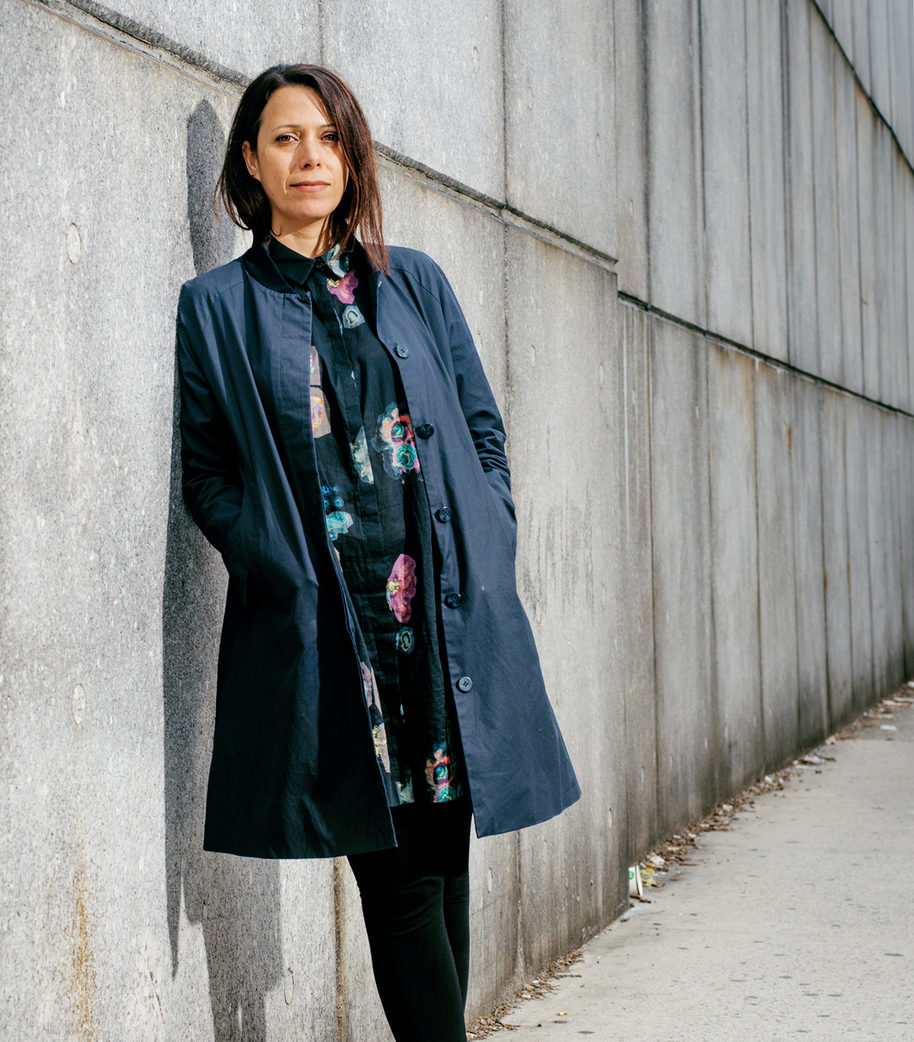Malkit Shoshan had some explaining to do.
An Israeli architect, author, and scholar from Haifa who currently lives in Brooklyn doesn’t seem like the obvious pick to curate the Dutch Pavilion at this year’s Venice Architecture Biennale. But talk to Shoshan, 40, for a couple of minutes, and it becomes clear why she was asked.
First, she will tell you that she married a Dutchman and lived for some time with him in the Netherlands, which isn’t much of an answer.
Then she will tell you about the think tank FAST—Foundation for Achieving Seamless Territory—which she founded in Amsterdam over a decade ago. This answer works.
“When I finished school I didn’t want to just go on to design apartment buildings and private homes,” Shoshan says. “I wanted to find a way to research and address problems by completely understanding their context.”
And so FAST was born as an alternative architectural practice that studies the relationships between architecture and realities on the ground in conflict areas such as Israel and Palestine, Afghanistan, and Kosovo. The foundation closely examines how built environments are largely dictated by the consternation of battling ideologies. Growing up in one of the most disputed territories on the planet is largely responsible for Shoshan’s decision to explore architecture through the lens of an NGO.
Shoshan often and jokes about finally making her escape from Israel—she tried before—after she met and married her husband, Matthijs Bouw, who is an urban planner with One Architecture. He moved the family to New York last August to design solutions for shoring up the city’s waterfronts in the wake of Hurricane Sandy.
Her first escape attempt came after high school. When most of her Israeli friends were taking a gap year, gallivanting through Asia and South America, Shoshan moved to Venice, learned Italian, and enrolled at the Istituto Universitario di Architettura di Venezia. The city motivated her, she recalls. For Shoshan, architecture back home was influenced by skewed ideology and political agendas that become grounded in the country’s landscape. Her time in Venice brought her closer to understanding how to read about and understand history, a skill that’s assisted her with all her FAST projects.
After the Istituto Universitario di Architettura di Venezia, the Venice Biennale was a perennial pilgrimage in Shoshan’s life. In 2002, she contributed to the Israeli Pavilion by producing a magazine with Foundation of 40, an NGO in Israel that recognizes Palestinian villages. The magazine was a series of illustrations explaining the politics of space in Israel, and became the prototype for Atlas of Conflict, a book that she published in 2010 about her 10 years researching the Israeli-Palestinian conflict. Most of that decade she spent trying to understand the broader context of conflict.
Curating the entire Dutch Pavilion for this year’s Architecture Biennale, which opened in May and is up through Nov. 27, was a similarly involved process. The brief of head curator Alejandro Aravena called on countries to address the growing problem of providing more people with basic living needs and accommodations in increasingly difficult circumstances. For Shoshan, this framework seemed almost intuitive.


